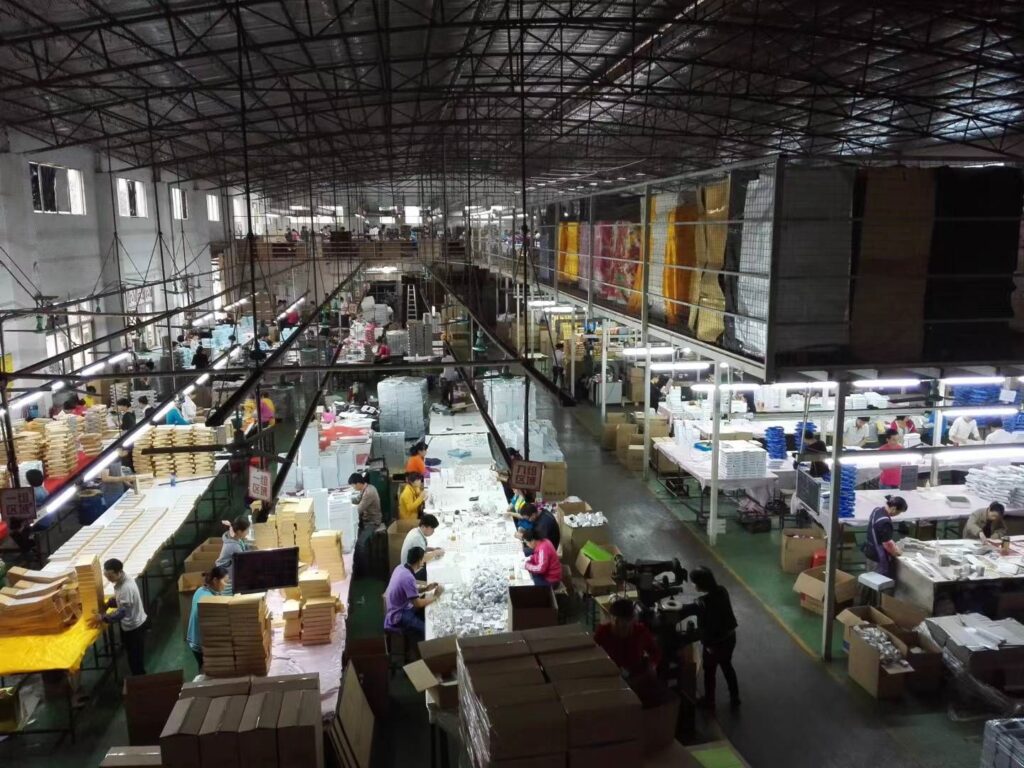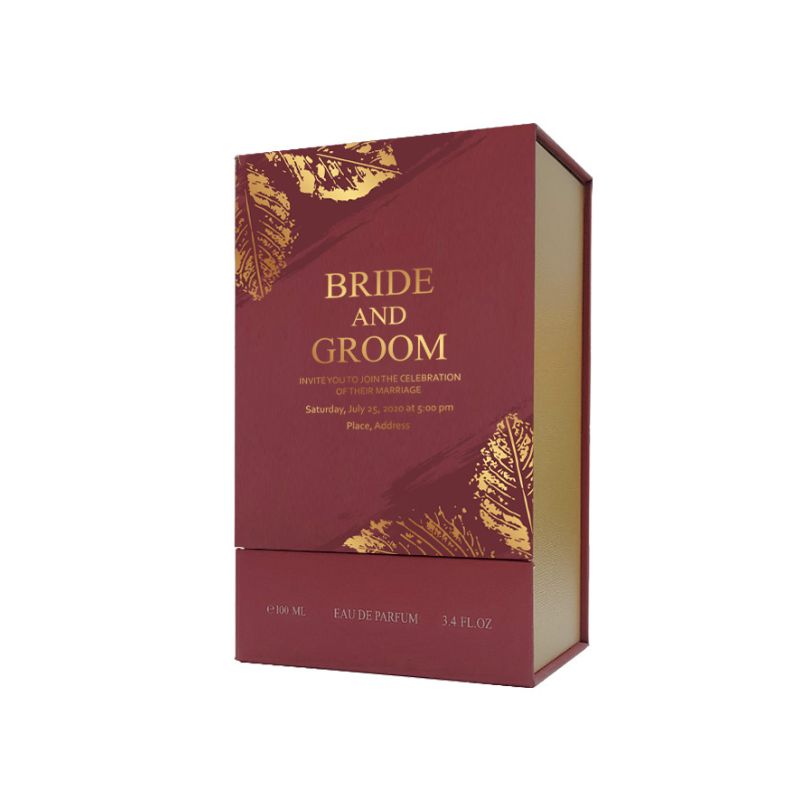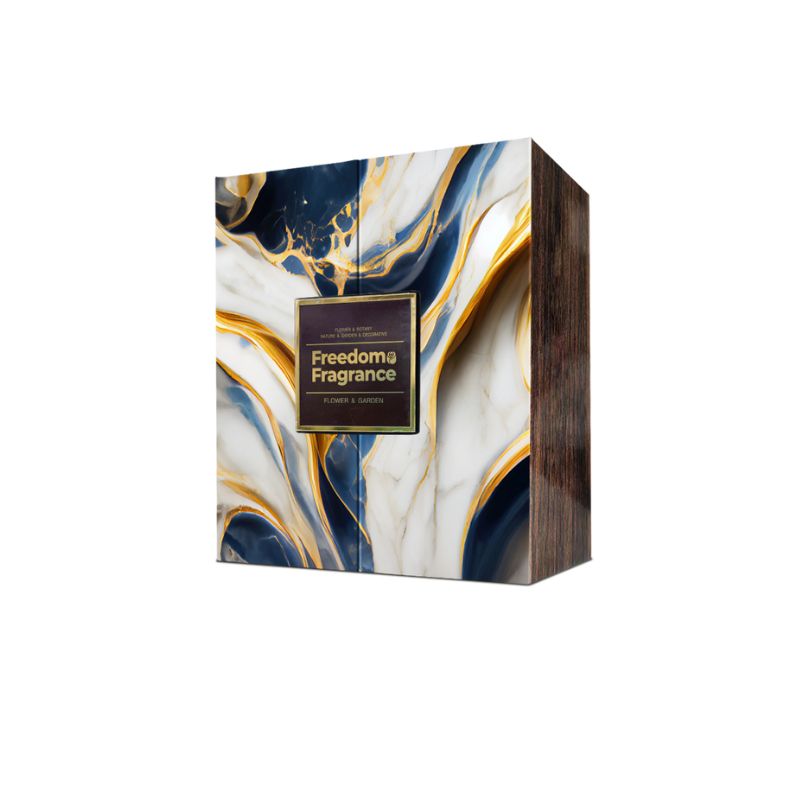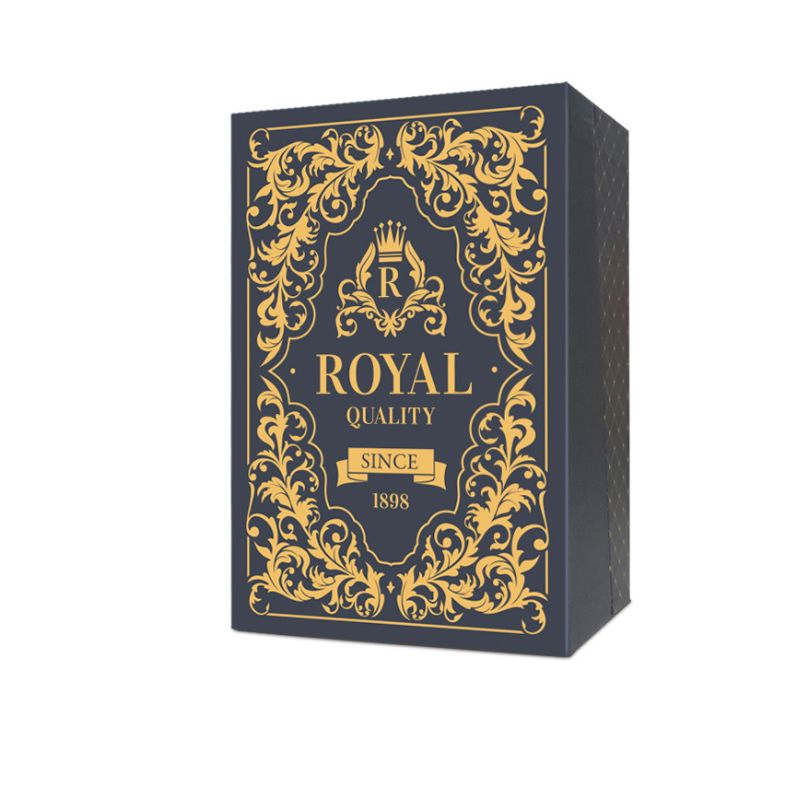Introduction: Cardboard — An Infinite Stage for Creativity
In a globalized world, creative packaging design has evolved far beyond mere practicality, becoming a dynamic intersection of art, technology, and brand strategy. Among various materials, cardboard has emerged as a superstar in packaging design due to its unparalleled flexibility, sustainability, and endless creative potential. Designers wield cardboard as a canvas and creativity as their brush, transforming this humble material into impactful works of art that do more than just protect products.
Cardboard packaging becomes a medium through which brands communicate with consumers, establishing emotional connections and reinforcing brand identity with compelling visual language and artistic expression.

The Source of Creativity: A Symphony of Inspiration and Demand
1. Capturing Inspiration: Finding the Extraordinary in the Ordinary
True creativity often emerges from the simplest details around us. Designers draw from the diverse worlds of nature, history, and daily life, infusing cardboard with elements inspired by these realms. For instance, a design might mimic the organic lines of a leaf, the elegance of vintage patterns, or the sleek modernity of urban life.
By incorporating these motifs, designers ensure each packaging piece feels both timeless and grounded, creating an emotional resonance with consumers. Through this alchemy, ordinary cardboard transforms into a storyteller that captures attention and stirs emotions.
2. Driven by Demand: A Duet of Personalization and Diversity
Consumer demand is a powerful catalyst for innovation in cardboard packaging. With an increasing preference for unique, tailored products, standard designs often fall short. Today’s designers respond with innovative packaging that not only meets market trends but also reflects the values and personalities of consumers.
They study market psychology and behavior to create packaging that aligns with brand identity while catering to individual preferences, thus allowing brands to express themselves uniquely and stay relevant in a rapidly changing market.

The Magic of Design: The Four Pillars of Packaging Art
1. Shape and Structure: Exploring the Art of Three-Dimensional Space
Shape and structure serve as the foundation of cardboard design. Designers use geometry and engineering to create multi-dimensional forms that not only protect but also captivate. By skillfully folding, cutting, and assembling cardboard, they craft packaging that combines aesthetics with functionality.
These forms offer not only durability and protection but also a distinctive look that captures the essence of the brand and product. This transformation of two-dimensional paper into elegant, functional structures engages consumers in a silent visual dialogue with the product.
2. Color and Pattern: A Carefully Arranged Visual Feast
Color and pattern are the soul of any design, particularly in cardboard packaging, where visual appeal is paramount. Designers employ color psychology to craft specific emotional responses, using combinations of hues, contrasts, and gradients that can instantly convey a brand’s essence.
For example, earthy tones evoke sustainability, while bold, vibrant colors express energy and modernity. Patterns can further enhance this message by integrating brand symbols, cultural motifs, or playful elements, creating packaging that is not just functional but deeply memorable.
3. Material and Craftsmanship: A Dual Guarantee of Texture and Quality
The material and craftsmanship of cardboard design are essential in ensuring both quality and sustainability. Designers carefully select materials that are eco-friendly, durable, and suited to the brand’s values. Processing techniques such as foil stamping, embossing, and UV coating elevate the tactile experience, adding a touch of sophistication.
Not only do these techniques enhance the packaging’s appeal, but they also ensure it is memorable to touch and see, reinforcing a sense of premium quality and attention to detail that consumers appreciate.
4. Interaction and Experience: Deep Integration of Technology and Emotion
With technological advancements, cardboard packaging is evolving to include interactive elements that enhance the consumer experience. Features like AR technology, QR codes, and gamification provide an additional layer of engagement.
Through such interactions, packaging becomes a medium for storytelling, allowing brands to share product information, convey brand values, and build stronger consumer relationships. This added layer of experience turns an ordinary unboxing into a memorable event, enriching the connection between brands and consumers.

The Value of Creativity: The Multi-Dimensional Role of Cardboard Design in Brand Communication
1. Enhancing Brand Image: A Dual Impact of Visual and Psychological Appeal
Exceptional cardboard design elevates brand image, creating a powerful impression that is both visually and psychologically compelling. Unique, thoughtfully crafted designs become a brand’s ambassador, conveying professionalism, creativity, and quality.
This dual effect strengthens brand loyalty by resonating with consumers emotionally, establishing a visual identity that is distinct and memorable, especially in competitive markets.
2. Promoting Product Sales: From Attracting Attention to Stimulating Purchase
Eye-catching cardboard packaging draws consumer attention and, importantly, stimulates purchasing decisions. In crowded retail spaces, unique designs have a competitive edge, compelling shoppers to pick up the product and consider the purchase. Effective packaging not only draws attention but also creates a sense of desire and urgency, often being the final push consumers need to buy the product.
3. Conveying Brand Culture: A Deep Link of Culture and Emotion
Beyond aesthetics, cardboard packaging serves as a conduit for brand culture. Through thoughtful design, brands can share their stories, heritage, and values in a way that consumers can see, touch, and appreciate.
The packaging becomes more than just a container; it’s a narrative tool that allows consumers to experience the brand’s culture, deepening their relationship with it. This cultural connection encourages consumers to identify more closely with the brand, enhancing long-term loyalty.

Conclusion: The Creative Future of Cardboard — Endless Possibilities and Ongoing Innovation
The future of cardboard design is boundless, with possibilities that continue to expand as consumer demands evolve and technology advances. Designers will likely explore new concepts that incorporate technology, intelligent design, and sustainable materials, creating packaging that is both innovative and environmentally responsible.
We can look forward to even more creative miracles as cardboard design embraces sustainability, personalization, and cutting-edge technologies, promising a future of endless possibilities and ever-inspiring innovation in the world of packaging art.










